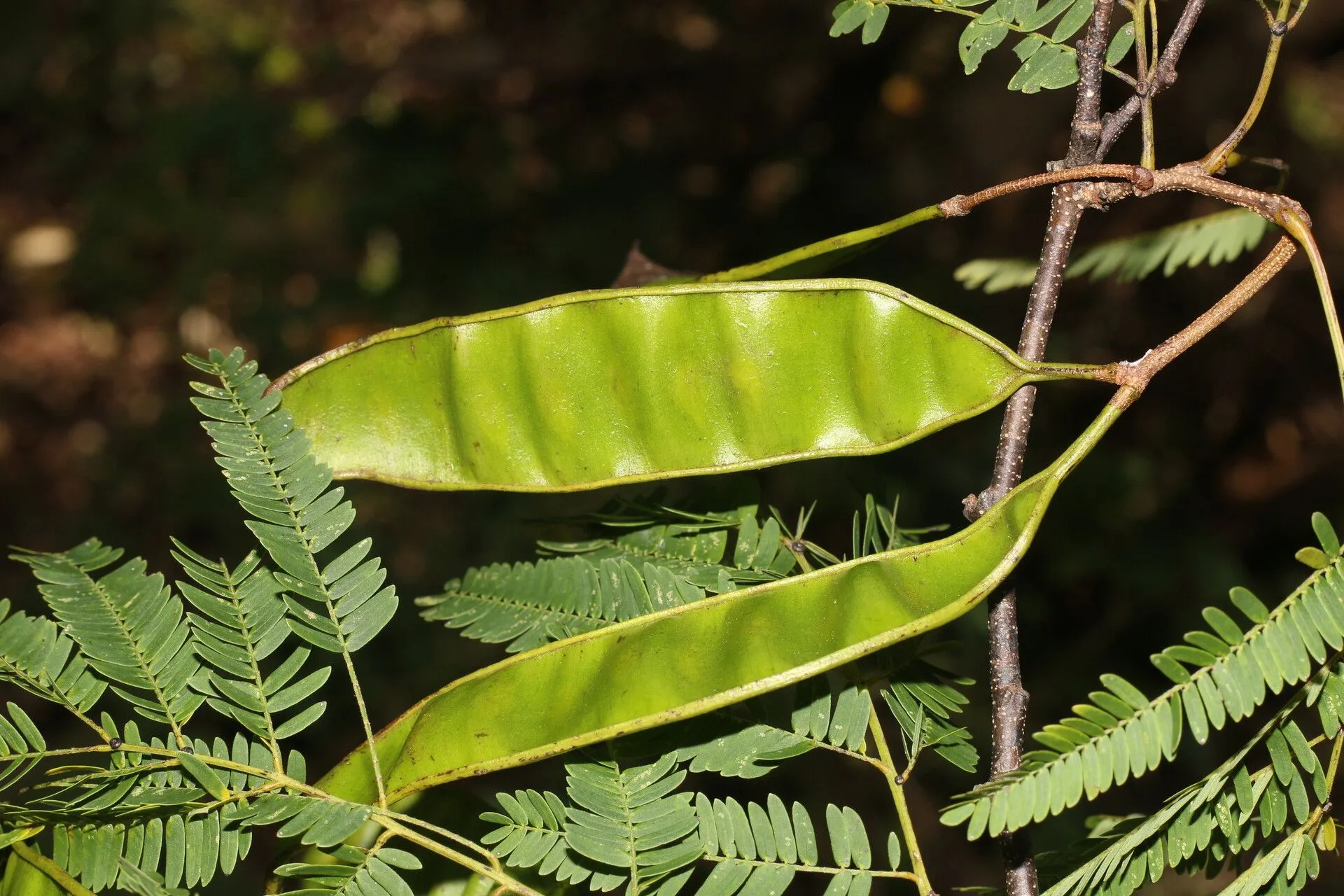
Author: (Jacq.) J.F.Macbr.
Bibliography: Contr. Gray Herb. 59: 6 (1919)
Year: 1919
Status: accepted
Rank: species
Genus: Lysiloma
Vegetable: False
Observations: Mexico to C. America
Quebracho, scientifically named Lysiloma divaricatum, is a remarkable plant species that belongs to the Fabaceae family. This plant can be found stretching from Mexico to Central America, flourishing in a variety of regional landscapes.
The name “Quebracho” is derived from its renowned hard and durable wood, which has been historically coveted for construction and industrial uses. Lysiloma divaricatum, described by botanist J.F. Macbride in his 1919 contribution to the Gray Herbarium (Contr. Gray Herb. 59: 6), carries significant value not just for its timber but also for its ecological role.
In its natural habitat, Quebracho thrives in diverse climatic conditions and contributes to the rich biodiversity of the regions it inhabits. The archetypal hardy nature of Quebracho enables it to withstand environmental stresses, aiding in the stabilization of soils and providing habitat and nourishment for various forms of wildlife.
Traditionally, local communities have recognized the importance of this plant, utilizing different parts of the tree for medicinal and practical applications. As an enduring symbol of resilience and utility, Quebracho continues to be a vital component of both natural ecosystems and human economies in Mexico and Central America.
For those interested in botany or ecology, Lysiloma divaricatum offers a fascinating case study of a plant that bridges natural resilience with economic value, underscoring the intricate balance between nature and human use.
Eng: quebracho
En: Quebracho
© copyright of the Board of Trustees of the Royal Botanic Gardens, Kew.
© copyright of the Board of Trustees of the Royal Botanic Gardens, Kew.
© copyright of the Board of Trustees of the Royal Botanic Gardens, Kew.
Taken Dec 14, 2017 by Nelson Zamora Villalobos (cc-by-nc)
Taken Dec 14, 2017 by Nelson Zamora Villalobos (cc-by-nc)
Taken Dec 14, 2017 by Nelson Zamora Villalobos (cc-by-nc)
Taken Dec 14, 2017 by Nelson Zamora Villalobos (cc-by-nc)
Taken Dec 14, 2017 by Nelson Zamora Villalobos (cc-by-nc)
Taken Dec 14, 2017 by Nelson Zamora Villalobos (cc-by-nc)
Taken Dec 14, 2017 by Nelson Zamora Villalobos (cc-by-nc)
Taken Dec 14, 2017 by Nelson Zamora Villalobos (cc-by-nc)
Taken Dec 14, 2017 by Nelson Zamora Villalobos (cc-by-nc)
Family: Myrtaceae Author: (F.Muell.) K.D.Hill & L.A.S.Johnson Bibliography: Telopea 6: 402 (1995) Year: 1995 Status:…
Family: Rubiaceae Author: Pierre ex A.Froehner Bibliography: Notizbl. Bot. Gart. Berlin-Dahlem 1: 237 (1897) Year:…
Family: Sapindaceae Author: Koidz. Bibliography: J. Coll. Sci. Imp. Univ. Tokyo 32(1): 38 (1911) Year:…
Family: Asteraceae Author: A.Gray Bibliography: Pacif. Railr. Rep.: 107 (1857) Year: 1857 Status: accepted Rank:…
Family: Fabaceae Author: Medik. Bibliography: Vorles. Churpfälz. Phys.-Ökon. Ges. 2: 398 (1787) Year: 1787 Status:…
Family: Aspleniaceae Author: (Cav.) Alston Bibliography: Bull. Misc. Inform. Kew 1932: 309 (1932) Year: 1932…